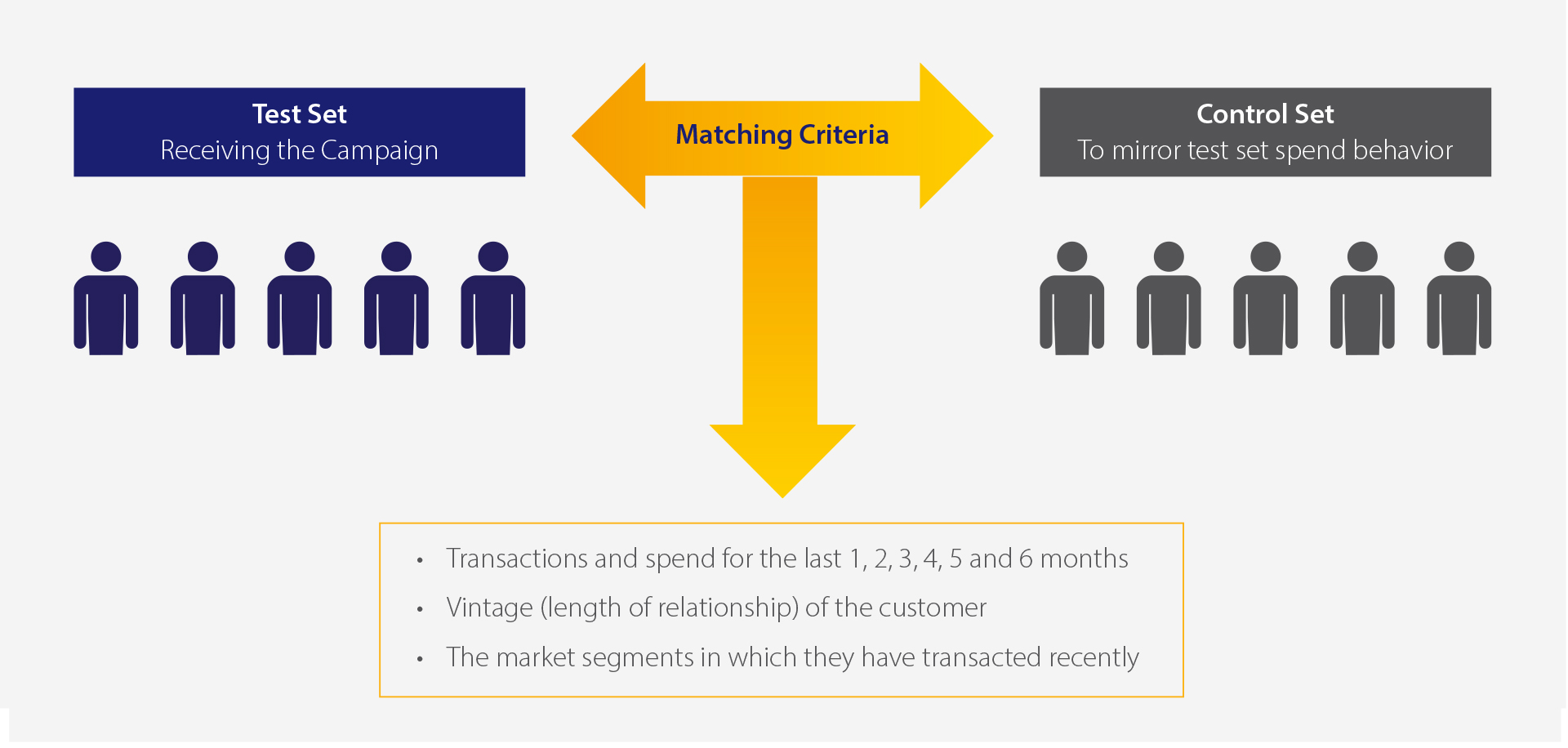Measurement of Marketing Effectiveness
Truly understanding your return brings greater clarity to your marketing strategy

Marketing is one of the primary levers for driving business revenues, but it is also a significant cost line. This requires you to be able to accurately and clearly show the tangible contribution that your marketing activity is delivering to your company’s performance to prove its value and justify continued investment.
Significant advancements in the field of analyzing marketing performance mean that there is now a variety of tools available to help you measure confidently and understand the individual success of every marketing activity you undertake - allowing you to understand the true impact of each campaign.
To truly understand financial services’ marketing performance, a mix of measures that are agile and adaptable to the current market need to be used within an overall analysis framework. Our paper will allow you to understand why this is the case by exploring:
· The current state of marketing measurement in financial services and payments
· The challenges around effective measurement
· Different methodologies to improve the quality of your measurement analysis
So, what is the best way to measure your marketing effectiveness?
The challenges in measuring marketing effectiveness mean that to produce results which truly reflect campaign performance you need to adopt scientific modifications to your data and measurement methodology to achieve greater accuracy.
In our paper we present two scientific modifications that allow you to provide a true historical comparison and bring to light the realistic campaign outcomes, making it easier for you to decide on where to invest marketing resources.
Methodology 1
Improve the reliability of marketing measurement by enhancing the quality of the customer control set against which success is measured.
A two-step process allows you to stress test any assumptions and alter the control set to mimic customer behavior:
· Step 1: Create the control set using a K Nearest Neighbor (KNN) cluster method.
· Step 2: Re-weight every customer specific observation in the control set created using the Entropy Balancing technique.
Methodology 2
Eliminate the external effects of trends and seasonality effects so that you can accurately compare time periods.
Utilizing Holt-Winter’s forecasting you can eliminate the effects of external factors, leaving a pure and accurate forecast against which it is possible to measure the impact of your campaign.

Applying our methodologies
Will enable you to highlight the true contribution from each marketing campaign you run so that you can clearly see where activity should be upweighted and where campaigns are not delivering, allowing your marketing budget to be redeployed to optimal effect.
Please click here to download the full white paper.